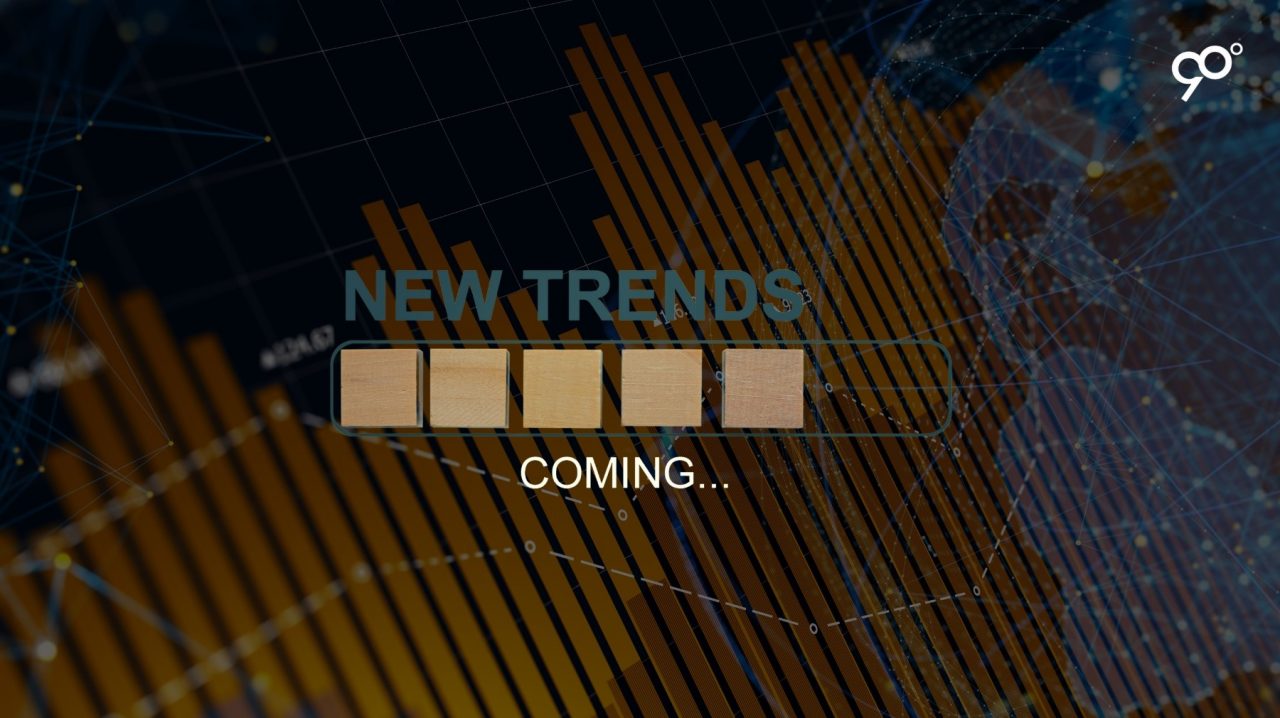
Trend forecasting is a vital component of PR analytics, involving educated predictions about the future development of trends. It is a powerful tool that enables brands to envision future shifts, transforming data into actionable insights that reveal emerging opportunities and guide strategic decisions. By analyzing data and creating projections, brands can anticipate customer needs, enhance services, and mitigate potential risks. This forecasting approach is categorized into two distinct types: short-term and long-term forecasting.
Short-term forecasting hones in on micro-trends, predicting developments over the next month, quarter, or season. In contrast, long-term forecasting focuses on macro-trends, projecting changes over years or even decades. While short-term forecasts require less data, long-term forecasts demand extensive datasets, allowing for more accurate predictions over extended periods.
Methods of Trend Forecasting
Different brands have unique needs, which necessitates a variety of forecasting methods. Here are three primary approaches to consider:
Judgmental forecasting
This method relies on the intuition, experience, and insights of experts to predict future events or trends. Unlike quantitative forecasting, which uses statistical models, judgmental forecasting is based on subjective assessments. It is particularly useful in situations with limited historical data or when navigating new and complex market dynamics. However, it’s important to recognize that this method can be susceptible to human error and biases.
Qualitative forecasting
Qualitative forecasting involves gathering diverse information, such as consumer data, market research, and historical context, to predict trends. Analysts interpret this data to identify patterns and themes, making it ideal for scenarios where creativity and varied influencing factors are at play. This method requires a lot of time and effort in searching for patterns and uniting themes. Tools like SurveyMonkey, FocusVision, Brandwatch, and Delphi Method software can facilitate the collection and analysis of these insights.
Statistical forecasting
The final method, statistical forecasting, employs large datasets and computer-assisted analysis to create precise statistical models for predicting trends. While this approach is often faster and more accurate than judgmental forecasting, it can lack essential context if the dataset is incomplete. Advanced tools, including social listening and analytics platforms with sentiment analysis and image recognition capabilities, can help mitigate these risks. A combination of qualitative and statistical methods provides the best of both worlds, merging data certainty with expert insights for effective trend projections.
Trend forecasting tips
To leverage trend forecasting effectively, brands must adopt strategic practices that enhance their predictive capabilities. Here are some essential tips to stay ahead of the competition:
Monitor relevant publications and journals
To improve your trend forecasting efforts, consider monitoring relevant publications and journals. A media intelligence suite can help you efficiently track topics and focus on important narratives and trends. Set up automated alerts and summaries to stay informed without information overload.
Observe indirect competitors
Keep an eye on your indirect competitors to uncover valuable insights and emerging trends. For example, athletic shoe brands can learn from luxury shoe brands, beverage companies from cafes, and motorcycle dealers from cycling shops. By analyzing these comparisons, brands can gain a comprehensive understanding of consumer preferences and market trajectories.
Trend forecasting’s success is built upon the quality of data and tools used. For brands to maintain a competitive edge, they must be adept at social listening and media monitoring.
Ready to harness the power of trend forecasting for your brand? For tailored guidance on improving your trend forecasting and maintaining a competitive edge, contact Ninety Degrees PR Solutions today!
Follow Ninety Degrees PR Solutions on LinkedIn for more public relations and communication related articles.

